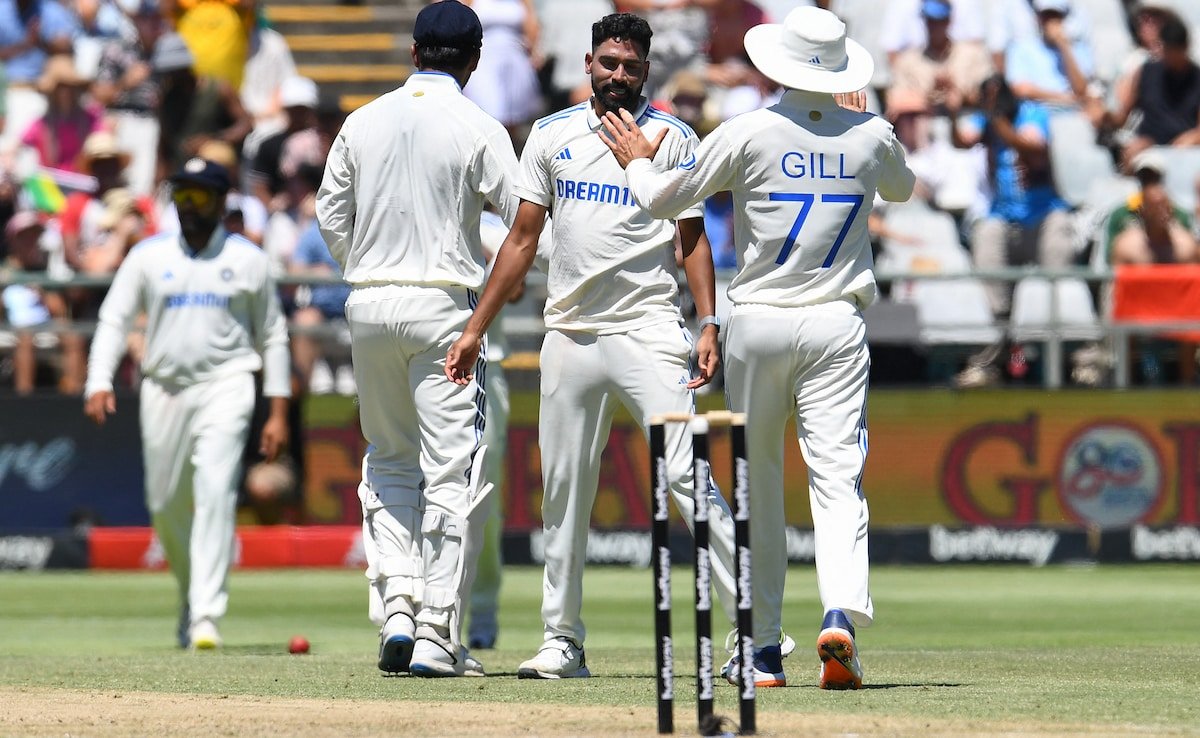Located midway between Kolkata and Chennai, Visakhapatnam assumed much significance during the Second World War as the coast became a transport route for wartime supplies to the British possessions in Hong Kong, Malaya (now Malaysia), Singapore and Burma.
After World War II was declared in September 1939, a naval station was set up in Visakhapatnam. An office of the Senior Naval Officer In-Charge was opened in December 1939, its jurisdiction stretching from Port Baruva in the North to Port Vodarevu in the south.
Army, Navy and Air Force personnel began to arrive in small detachments at Visakhapatnam in 1940. Initially most of the Army units were put up in tents in open areas. Air Force units occupied places at 104 Area and Butchirajupalem near the Civilian Aerodrome, according to Vijjeswarapu Edward Paul, a history chronicler and a Member of INTACH.

The Army wanted a large place on the seafront with an unobstructed view so as to establish a coastal battery in order to defend the city from any aggression over the sea. Finding a suitable place for a coastal battery for the army was the most difficult task for the civil administration as most of the coast was already occupied by fishermen’s hamlets.
“Ultimately a suitable place for the Army was found on the seafront towards the north of the old city. The fishermen, who were already living there, were forcibly vacated and relocated at an uphill location on the south side of the acquired land. The new hamlet was named Kotha Jalaripeta, which is still known by the same name,” he says.
At the newly acquired site, the Indian Regiment of Artillery established a battery known as 5th Indian Heavy Battery in 1940 with two 6-inch guns. All the batteries on the coast were renamed as Coastal Batteries by the Army and the one at Visakhapatnam was renamed as the 5th Indian Coast Battery in December 1941.
Also read | Visakhapatnam, a graveyard for submarines
Till 1964, the coastal battery in Visakhapatnam was manned by the Artillery Regiment of the Indian Army. Consequent to the Chinese aggression in 1962, the Government of India decided to hand over all the coastal batteries in India to the Navy. From that time onwards the Visakhapatnam Coastal Battery was known as the Naval Coast Battery, Visakhapatnam (NCB-V).
“During the 1971 war, the Naval Coast Battery was in a state of high alert. To keep their men and machines fit for any eventuality, they used to fire their guns at periodic intervals with live ammunition. These events used to take place during the nights with prior intimation to the public. The trail of bullets in burning red flying in the air and falling at a far-off distance in the sea was a spectacle to watch for beach-goers in those days,” says Mr. Paul.
“The Eastern Naval Command was entrusted with the task of the defence of the East Coast of India and also the responsibility of safeguarding the maritime interest across the eastern seaboard. The Naval Coast Battery — NCB (V) was entrusted with the task of defending the city of Visakhapatnam from any aggression from the seaside.” he adds.







